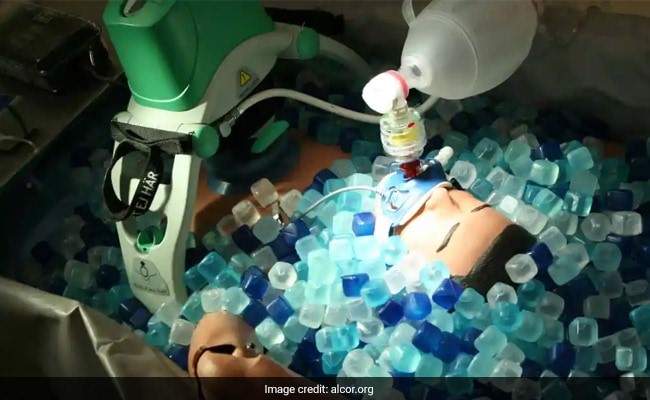Free Courses Sale ends Soon, Get It Now


Free Courses Sale ends Soon, Get It Now



Source: NDTV
Disclaimer: Copyright infringement not intended.
Context
Details
Key Concepts and Principles
Technical Aspects of Cryonics
Ethical Considerations
|
PRACTICE QUESTION Q. While Cryonics offers the hope of future revival for those preserved, significant scientific, legal, and ethical hurdles must be overcome. Examine. (250 Words) |
© 2024 iasgyan. All right reserved